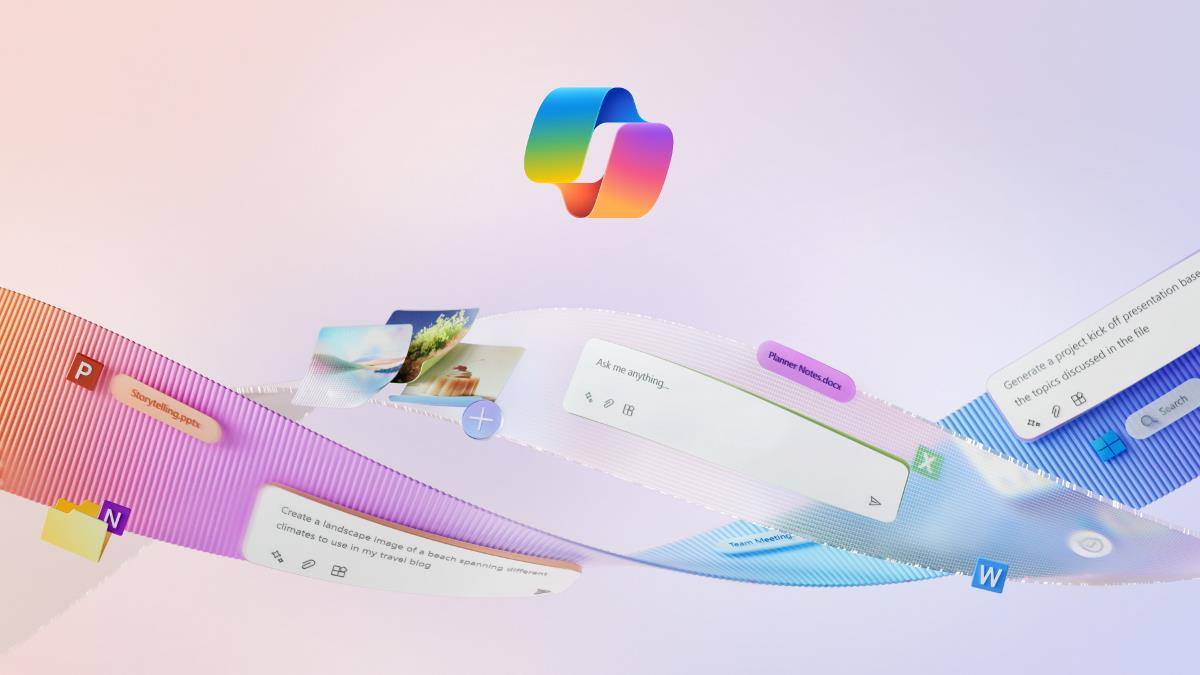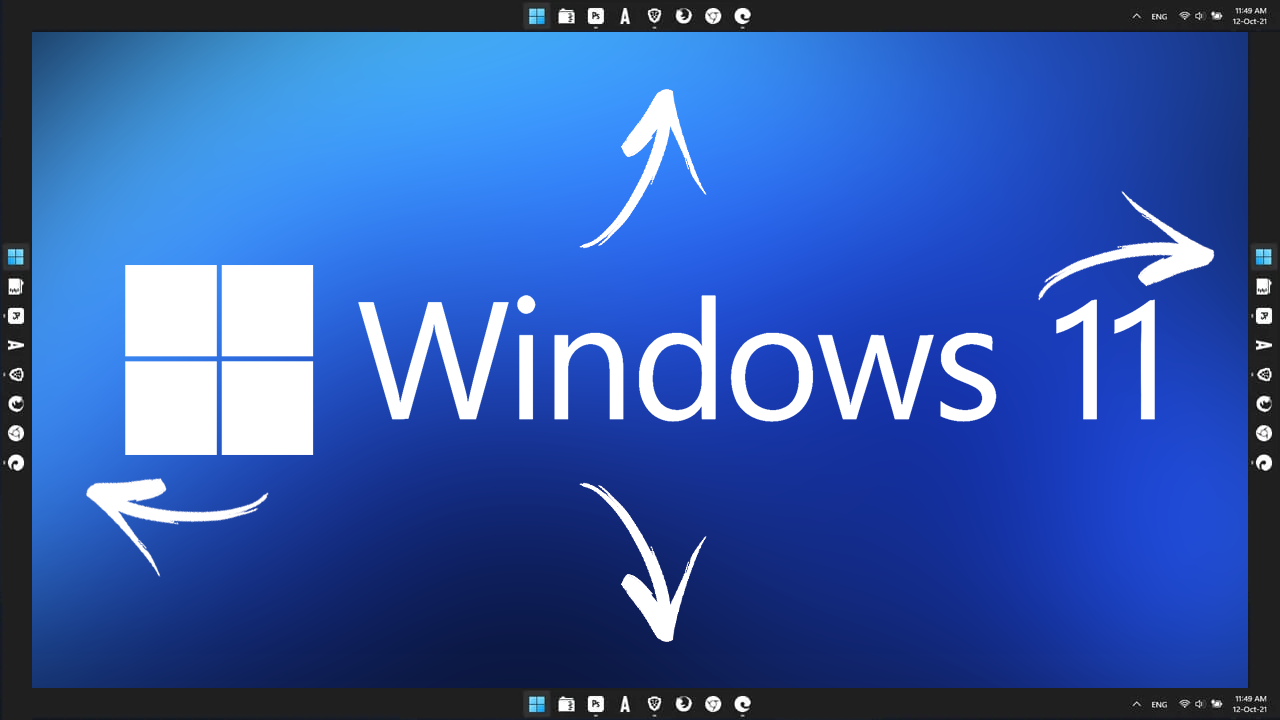Microsoft's replaces bundled Quick Assist app with Microsoft Store version

Quick Assist is a remote assistance application that is part of Microsoft's Windows 10 and 11 operating systems. Up until now, Quick Assist was available to all users to get remote assistance, e.g., to resolve issues that users experience while working on Windows machines.

Users may launch the interface by searching for Quick Assist or by using the keyboard shortcut Ctrl+Win+Q; the new app supports the keyboard shortcut just like the old version of Quick Assist.
Starting on May 23, 2022, that version of Quick Assist will stop functioning. Announced on April 27, 2022, Microsoft informed Windows Insiders about the upcoming changes to Quick Assist. The company delayed the change by a week, which was originally scheduled to take place on May 16, 2022.
The announcement explains how the new version of Quick Assist can be installed, but it does not highlight the challenges that administrators face.
The old version of Quick Assist can't be used anymore after May 23, 2022 according to Microsoft.

Users receive a prompt that a new version is available, and that it needs to be downloaded and installed from the Microsoft Store. The "not yet" option will be removed from the application window. It loads the Quick Assist interface when selected.
The change introduces several usability issues for administrators and users alike, which Microsoft failed to mention in the announcement.
Administrators who replied to the official Twitter announcement by Microsoft's Office Insider account highlighted, that the installation of the application required administrative privileges, and that the user that required assistance, needed to install the new Quick Assist app from the Store to get help using the tool.
Previously, administrators could be sure that Quick Assist was available if the device used Windows 10 or 11 as the operating system. The change may require support to walk each user through the installation of the new Quick Assist application before it can be used to provide remote assistance.
Additionally, the new Quick Assist installs next to the old Quick Assist application on the Windows machine, making it difficult for users to pick the right one during searches or selecting the right one for uninstallation.
At least the last issue appears to have been fixed. Installation of the new version appears to remove the old version from the device. A search lists the newly installed application only and the apps listing in the Settings application lists it as the sole app as well.
Microsoft explains the reason behind the change
Kapil Tundwal, the engineering manager for the Quick Assist application explained on Twitter that the Microsoft Store version enables Microsoft to send security updates faster to the userbase.
Regarding the Microsoft Store requirement, Microsoft notes that it is possible to distribute the offline app version of Quick Assist. Administrators pointed out, that this won't work in all environments.
Closing Words
Microsoft's decision to replace the native Quick Assist application with a Store version has caught many administrators off guard. Microsoft could have replaced the original version with the new version gradually, by integrating the new version in new Windows releases. It could also have kept the old version functional for the time being to give organizations time to adjust to the change.
Now You: have you used Quick Assist in the past? (via Bleeping Computer)




















My company has 600 people and our IT department is tired of these shenanigans to coax us into MDM and having everything via cloud, the PCs and the data inside them belong to the company, the infrastructure has to work even if we had no internet, cloud is expensive and slow and cludgy to use most of the times, productivity, reliability and security should always be the focus of an IT department.
We were trying to deploy Windows 11 and unsurprisingly this is broken on most machines and the official statement is that there’s no fix yet.
The stated reason to move this to the store is bullshit because Windows Update exists, no store needed.
We have been testing Linux distros and learning to troubleshoot it for a few months now, just a few more months to rollout and then fuck you Microsoft.
Interesting side effect after upgrading is that for me, the hotkey still launches the prior version (telling me I need to upgrade), while searching for it, finds the correct app-based version.
Pretty sloppy MS
Download from cloud isn’t allowed at our companie. Without offline installer we made a decision to buy Teamviewer. Thank you Microsoft. :)
Uhh, my company disables the Microsoft App Store for security reasons. What the hell are we supposed to do?
Seriously, they guy responsible for this mess should be fired, ASAP. Unless already sacked.
Typical Microsoft
take something that actually works and break it to make it better…
Having Microsoft Store blocked for our users, we added the app from BusinessStore to be distributed with SCCM Software Center. That works, but with the following issues:
The old version is not removed, even though mentioned by MS that the latest installer would do that.
The new version is installed, but is using the local language defined in Regional Settings!
We are running Win10 Enterprise EN, but each country will of course use their own regional settings.
So if I, as a Norwegian supporter want to use the new version, I have to know that it is called “Hurtighjelp”, and that my German user has an app called “Remotehilfe”.
And who knows what it is called in any of the 30+ languages my colleagues speak!
This is hilarious…
Quick Assist never worked on my machines. I have had to use Teamviewer.
hmmm, looks like I’ll need to find a way to deploy the new version out via intune.
Hello,
Is the new version able to work with UAC ? Can we login as Admin ?
If not, i dont really see the value in the updated version than just sending more data to M$.
The old version was already able to work with UAC. Let’s disable PromptOnSecureDesktop capability
Expect it to be broken every update.
For remote desktop communication for repairing somebody else his computer personally, I trust, the free remote desktop program, security-wise Teamviewer above others. An easy-to-use program.
There are others like https://anydesk.com/en that I still want to try but Teamviewer does still what I need to do and want it to do
Teamviewer is use by those crafty people across the pond doing face virus/ microsft security scams. If you’re corporations worth two cents, its already on the band apps / band ports list. Most of the free ones should be.
“Share your computer over a remote connection”, sure, pretty sure. Thanks for the article! :]
Classic Microsoft